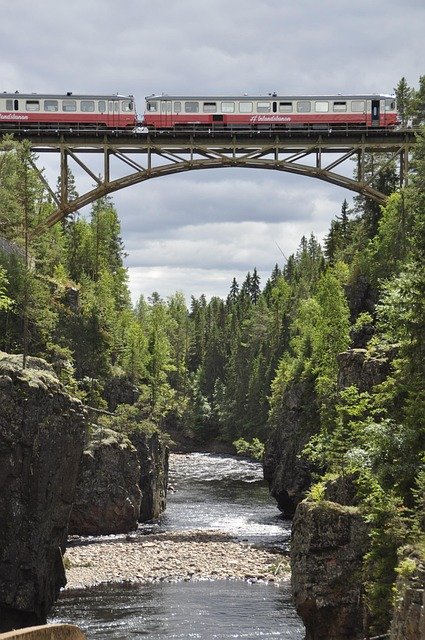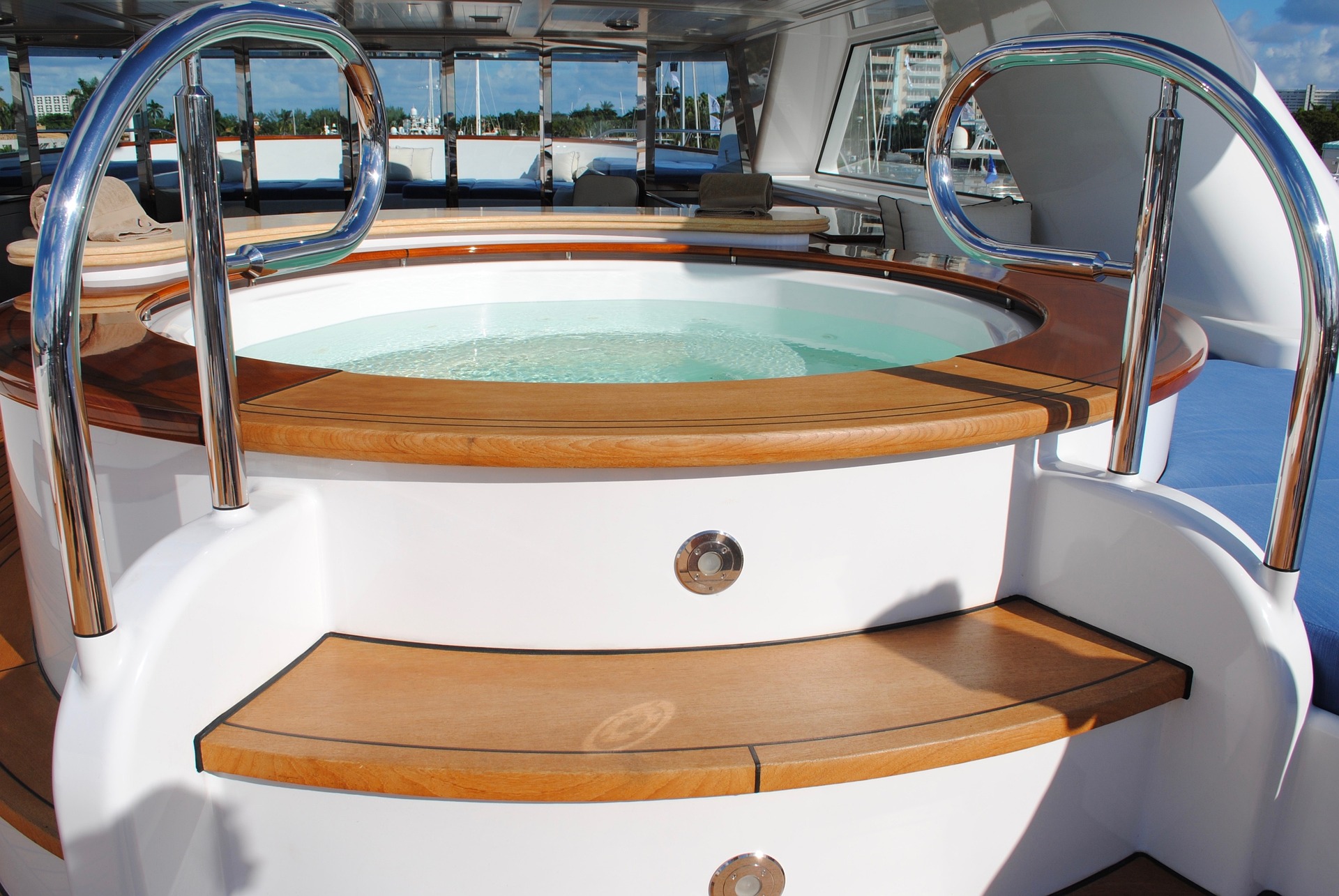Coast-to-Coast Rail Adventures: America's Most Scenic Journey
Embarking on a coast-to-coast rail adventure offers travelers an unparalleled opportunity to witness America's diverse landscapes from the comfort of a train car. From bustling metropolitan cities to vast prairie expanses, towering mountain ranges to desert vistas, cross-country train travel provides an immersive experience that captures the true essence of the American continent. These epic journeys span approximately 3,000 miles and typically take three to four days, allowing passengers to disconnect from the rush of modern life while reconnecting with the country's natural beauty and rich heritage.

How Can You Discover America’s Most Scenic Rail Routes?
Coast-to-coast rail travel in America primarily operates through Amtrak’s long-distance routes, with several options connecting the Atlantic and Pacific coasts. The most popular transcontinental routes include the California Zephyr, which travels between Chicago and San Francisco, and the Southwest Chief, connecting Chicago to Los Angeles. These routes can be combined with connecting trains from the East Coast to create a complete ocean-to-ocean experience.
The California Zephyr is often regarded as one of the world’s most beautiful train rides, traversing the Colorado Rockies, Nevada’s high desert, and California’s Sierra Nevada mountains. Meanwhile, the Southwest Chief follows portions of the historic Santa Fe Trail, passing through Kansas prairies, Colorado farmland, and the American Southwest’s distinctive landscapes.
What Natural Wonders and Landscapes Define These Epic Journeys?
Cross-country rail routes showcase an incredible variety of America’s natural treasures. Passengers witness the dramatic transformation of terrain as they travel from coast to coast, experiencing everything from the Great Plains’ endless horizons to the Rocky Mountains’ snow-capped peaks.
The California Zephyr route offers breathtaking views of the Colorado River, Glenwood Canyon’s towering cliffs, and the Sierra Nevada’s pristine wilderness. Travelers frequently spot wildlife including elk, deer, and various bird species along the route. The Southwest Chief provides equally stunning scenery, including views of Raton Pass, the Sangre de Cristo Mountains, and Arizona’s painted desert landscapes.
Eastern portions of these journeys reveal the Great Lakes region’s beauty, the Mississippi River valley, and the rolling hills of America’s heartland. Each mile brings new photographic opportunities and chances to observe the country’s geological diversity.
What Essential Planning Tips Ensure Successful Cross-Country Train Travel?
Successful coast-to-coast rail travel requires careful planning and realistic expectations. Booking accommodations well in advance is crucial, especially during peak travel seasons. Amtrak offers various seating and sleeping options, from coach seats to private bedrooms with full amenities.
Packing appropriately for the journey involves bringing layers of clothing, as temperatures can vary significantly across different regions and elevations. Essential items include comfortable walking shoes, personal entertainment, charging cables for electronic devices, and any necessary medications. The trains feature dining cars, observation lounges, and Wi-Fi connectivity, though internet service may be intermittent in remote areas.
Travelers should also prepare for potential delays, as freight trains often have priority on the tracks. Building flexibility into your schedule and maintaining a relaxed attitude will enhance the overall experience.
When Are the Best Seasons to Experience Rail Adventures?
Each season offers unique advantages for coast-to-coast rail travel, with specific considerations for timing your journey. Spring and fall generally provide the most comfortable weather conditions and spectacular scenery, with moderate temperatures and clear visibility ideal for sightseeing.
Summer months offer the longest daylight hours, maximizing scenic viewing opportunities, but can be crowded and more expensive. Winter travel provides dramatic snow-covered landscapes, particularly through the Rocky Mountains, though weather delays become more likely. The Southwest routes remain pleasant during winter months, offering an escape from harsh northern climates.
Fall foliage seasons create stunning displays across the Midwest and mountain regions, while spring brings wildflower blooms and flowing waterfalls. Consider your destination activities and weather preferences when selecting travel dates.
Which Itinerary Highlights Define East-to-West vs West-to-East Routes?
The direction of travel significantly impacts the scenic experience and timing of major highlights. East-to-west journeys typically begin in major cities like New York or Washington, D.C., connecting through Chicago before heading toward the Pacific Coast. This routing allows travelers to experience the gradual transition from urban landscapes to rural farmland, then dramatic mountain terrain.
West-to-east travelers start with California’s coastal beauty or the Pacific Northwest’s lush forests before encountering the desert Southwest and Rocky Mountain regions. The journey concludes with the Great Plains’ expansive views and arrival in America’s eastern metropolitan areas.
Timing considerations include sunset and sunrise viewing opportunities. Westbound trains often provide optimal lighting for photographing mountain landscapes, while eastbound routes may offer better lighting for prairie and farmland scenery.
| Route | Provider | Duration | Key Highlights | Estimated Cost Range |
|---|---|---|---|---|
| California Zephyr | Amtrak | 51 hours | Colorado Rockies, Sierra Nevada | $150-$1,200 |
| Southwest Chief | Amtrak | 43 hours | Santa Fe Trail, Desert Southwest | $130-$1,100 |
| Coast Starlight + Connecting Routes | Amtrak | 55+ hours | Pacific Coast, Cascade Mountains | $180-$1,400 |
Prices, rates, or cost estimates mentioned in this article are based on the latest available information but may change over time. Independent research is advised before making financial decisions.
Cross-country rail travel represents one of America’s most rewarding travel experiences, combining comfort, scenery, and adventure into an unforgettable journey. Whether seeking solitude, photography opportunities, or simply a unique way to traverse the continent, coast-to-coast rail adventures provide perspectives and memories that last a lifetime. The rhythmic motion of the train, ever-changing landscapes, and opportunity to meet fellow travelers create an authentic American experience that captures both the country’s natural beauty and the timeless appeal of rail travel.




